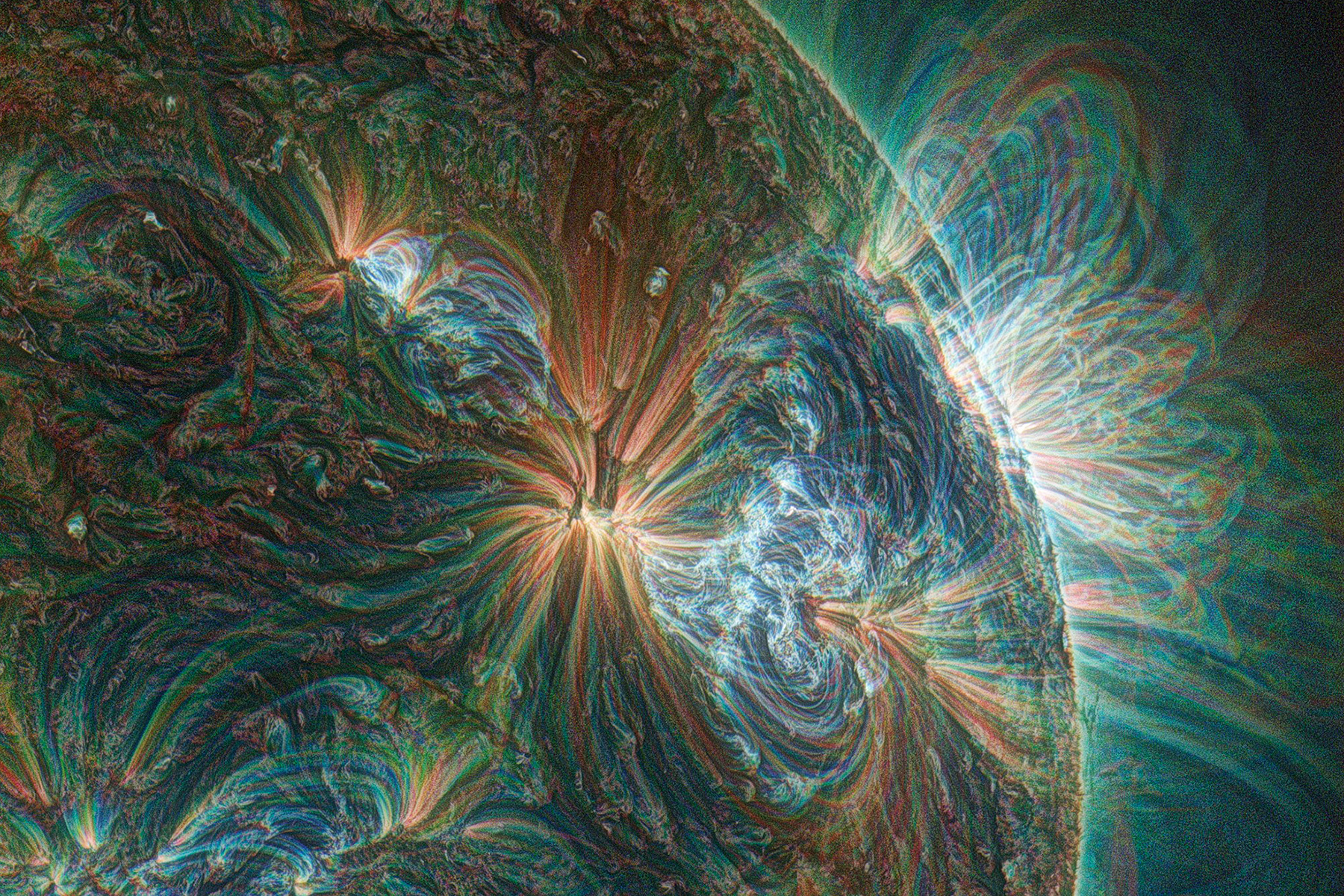The sun is a typical star, full of feisty gases and plasma. The earth would not exist as it does without the power of the sun, but sometimes that power can be detrimental to modern technology, surging and disrupting satellites and electrical grids. A research team led by James Juno, a staff physicist at the U.S. Department of Energy’s (DOE) Princeton Plasma Physics Laboratory (PPPL), has been working toward refining a predictive model so that we can better understand, and possibly better prepare for, these solar wind strikes emanating from the sun.
To help run their plasma models, the team utilized the computational power of Stampede2, an ACCESS resource housed at the Texas Advanced Computing Center (TACC).
“Modeling plasmas is a significant computational challenge,” said study co-author Jason TenBarge, an associate research scholar at PPPL. “To understand fundamental processes such as how a star produces its magnetic field or whether a hot fusion plasma will be confined requires resolving vast temporal and spatial scales, down to the details of the protons’ and electrons’ motions about magnetic fields. A complex, dizzying array of instabilities and waves govern plasma dynamics. Without high-performance computing resources, it would be hopeless to understand the interplay of all these processes and their impact on the evolution of the plasma, which impacts everything from our understanding of the universe to technological breakthroughs here on Earth.”
These simulations would not have been possible without the resources of Frontera and Stampede2. We have been utilizing both resources for years now, with both systems also proving vital in the first study.
Jason TenBarge, Princeton University
You can read more about this story here: Novel Algorithm Improves Understanding Of Plasma Shock Waves In Space
Project Details
Institution: TACC (Texas Advanced Computing Center)
University: Princeton University
Funding Agency: J. Juno was supported by a NSF Atmospheric and Geospace Science Postdoctoral Fellowship (grant No. AGS-2019828) and by the U.S. Department of Energy under Contract No. DE-AC02-09CH1146 via an LDRD grant. C.R. Brown, G.G. Howes, C.C. Haggerty, and J.M. TenBarge were supported by NASA grant 80NSSC20K1273. G.G. Howes was also supported by NASA grants 80NSSC18K1366, 80NSSC18K1217, 80NSSC18K1371, and 80NSSC18K0643. J.M. TenBarge was also supported by DOE grant DE-SC0020049. K.G. Klein was supported by NASA Grant 80NSSC19K0912
Grant or Allocation Number: ACI-1548562
The science story featured here, allocated through August 31, 2022, was enabled through Extreme Science and Engineering Discovery Environment (XSEDE) and supported by National Science Foundation grant number #1548562. Projects allocated September 1, 2022 and beyond are enabled by the ACCESS program, which is supported by National Science Foundation grants #2138259, #2138286, #2138307, #2137603, and #2138296.


